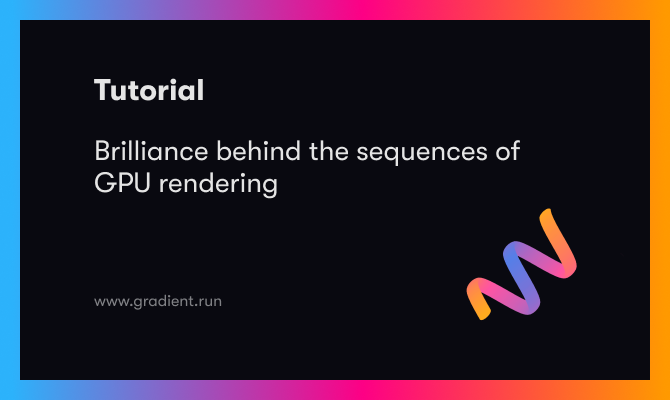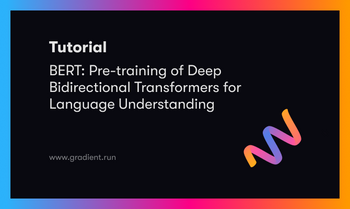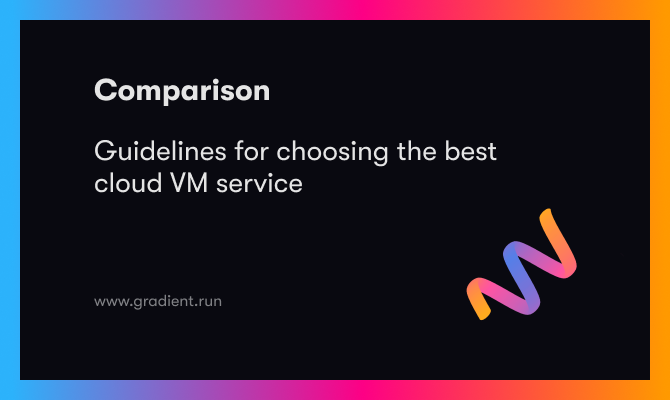Bring this project to life
In this article, we will discuss the magic behind the scenes of GPU rendering and the top 3 GPU rendering engines known as GPU renders. The information in this article is intended to help you make an informed career decision on which renders to learn.
GPU rendering: An Introduction
The word 'rendering' originates from the realm of graphics, where a rendering is a representation of a new structure by an artist. A rendering in computer-aided design (CAD) is a certain angle of a 3D model that has been transformed into a lifelike image. It encompasses both fundamental lighting techniques like Gourmand shading and more complex effects that mimic shadows, reflections, and refraction. It might also involve giving the surfaces different textures.
Quick Tip: GPUs are dedicated units that are attached to the motherboard of a computer - In contemporary systems, GPUs are used for rendering, AI, machine and deep learning, big data applications, game play, and data mining.
Simply bringing things to life is what rendering, as a term, refers to. There are different ways in which rendering can be carried out, one of which is using graphics processing units (GPUs). The rendering process benefits from the parallel data computation performed by the thousands of tiny, low-power cores found in GPUs. A GPU can quickly and easily calculate enormous volumes of data because to its parallel processing capabilities.
Now that you understand what GPU and rendering is we can say: GPU rendering is the process of using a graphics processor to automatically create two- or three-dimensional images from a model using computer programs.
Graphically demanding applications that weighed down CPU's and hampered processing performance led to the introduction of GPUs. Instead of using a CPU, GPU rendering renders data using a graphics card. Since GPUs are particularly built for speedy image rendering, this technique can significantly speed up rendering.
Why use GPU's for rendering
GPU-accelerated rendering is highly sought-after for a variety of applications, including photo-realistic rendering in fields like architecture, animation, film, and product design. Other applications include GPU-accelerated analytics, 3D model graphics, neural graphics processing in gaming, virtual reality, and artificial intelligence innovation.
Although CPU's and GPUs process data in fundamentally similar ways, a GPU is more potent and can perform a limited number of jobs more quickly. This is in contrast to how well a CPU handles various activities.
Only for some jobs are GPUs noticeably quicker than CPU's. Owing to interactivity concerns when utilizing the same graphics card for rendering and display, or due to insufficient memory, GPUs may be limited in their ability to generate complex scenarios.
The following are justifications for using GPUs for rendering workloads:
- Compared to CPU's, GPU rendering techniques use less energy
- Speed increases - Many contemporary rendering systems are compatible with GPU hardware and software, which are built for massively parallel workloads and can offer greater performance all around
- Less expensive hardware as a result of increased computing power
- Contrary to CPU's, adding additional GPUs to your computer is much simpler and will increase performance (up to a point). They are therefore incredibly adaptable and scalable in that sense
- Easily accessible through online services like Paperspace Core
Before discussing the top 4 GPU rendering engines, let's first discuss the features and components of rendering.
Unique Features and Aspects of GPU renders
The following are notable features that GPU-based rendering systems:
- Fast - GPUs are made for parallel computing, which benefits from the performance of several cores. A significant amount of speed is available when working with thousands of tiny cores. Models can be rendered significantly more quickly on GPUs than on CPU's. This speed facilitates rapid iteration and real-time visualization of renders.
- Efficiency - Manufacturers design GPUs with a specific function in mind. Different GPUs are suited for different tasks, such as rendering, designing, and gaming. GPUs that are designed for rendering may give reliable results more quickly, which makes them time-efficient. They also render scenes well.
- Emergence of new tech - Since their beginnings, GPUs have advanced significantly. The performance of GPUs increases exponentially with each subsequent iteration. Since GPUs receive updates more frequently than CPU's, rendering performance grows yearly.
- Reasonably low costs - High-end CPU's like the Threadripper 3990x are more expensive than high-end GPUs like the RTX 3090. Additionally, GPUs are simple to upscale, making it simple to combine one or more GPUs on a single system, each of which is devoted to carrying out particular tasks. A GPU's cheaper entry cost makes it accessible to a larger population, enabling them to begin rendering on a shoestring budget. This is especially true for leasing remote access to GPUs, where the cost can be measured in cents per hour.
- Performance of viewport - View ports are windows that let you see the adjustments that are made in response to your input settings. A rapid workflow results from a quick viewport visualization. Now that GPUs are great at processing multiple jobs at once, this results in a quick execution of inputs, which accelerates viewport rendering. The modifications are nearly visible in real time.
Bring this project to life
Top 3 GPU Rendering Engines
As was said above, the GPU rendering concept is to execute across several cores on numerous data, putting parallel processing focused on one specific activity. There are many different rendering engines that use GPU rendering due to the decrease in GPU rendering times.
Particularly, rendering on multiple GPUs simultaneously can be 5, 10, or 20 times faster than rendering on a single GPU. As a result, some of the top brands in the world are concentrating mostly on creating solutions that enhance multi-GPU performance.
Redshift, Octane and Vray are some of the popular multi-GPU rendering engines used today. These engines have advanced tremendously and are rapidly gaining ground on CPU-based rendering engines in terms of both popularity and rendering speed.
Redshift
The robust GPU-accelerated renderer Redshift was created to address the unique requirements of today's massive production rendering. Redshift offers a range of potent features, connects with CG apps that are widely used in the industry, and is designed to serve creative individuals and studios of all sizes.
Main features
- Beyond the fundamental geometry and textures - Redshift's effective memory management enables the rendering of scenes with TB's of texture data and hundreds of millions of polygons.
- Universal Lighting - Use biased point-based GI methods with brute-force GI to provide lightning-fast indirect illumination.
- Proxies - Redshift Proxy files, which may be readily referred to by other scenes, can be used by the user to export groups of objects and lights. Proxies provide strong overrides for shader, matte, and visibility flags as frequently needed in production.
- Command-line rendering - Users can export their scene and render it independently of their 3D app using the Redshift CMD Line tool.

Octane
Octane is a GPU rendering engine that employs a method of calculating final produced pictures that seeks to be photo-realistic, to put it simply. employing GPU technology and similar to Arnold. Octane is the first and fastest physically accurate, unbiased GPU-accelerated renderer in the world. Presently, it is utilized in major motion pictures, advertisements, and even architectural rendering. Octane is anticipated to become much more interwoven into these businesses' creative processes once it can be used on the cloud.
Main Features
- Octane is incredibly quick - When opposed to CPU rendering, one of the nice things about GPU rendering technology is how quickly you can render a picture. If you are currently utilizing Cinema's physical or conventional rendering, you are aware that even for a straightforward scene, rendering a single frame might take several minutes. Simple sequences are sliced up by Octane like butter, turning them into seconds.
- With the live viewer, Octane will speed up your workflow - The Interactive Preview Region is a major benefit of using any third-party render engine (IPR). The Octane term for an IPR is the LiveViewer. Users can view a rendered scene very instantly. especially considering that Octane executes the rendering using GPUs. When an object is modified, a light is added, or a texture attribute is altered, IPRs update instantly. It is fantastic.
- Octane has a large community - There's a lot of platforms to find octane users and help when stuck with anything.
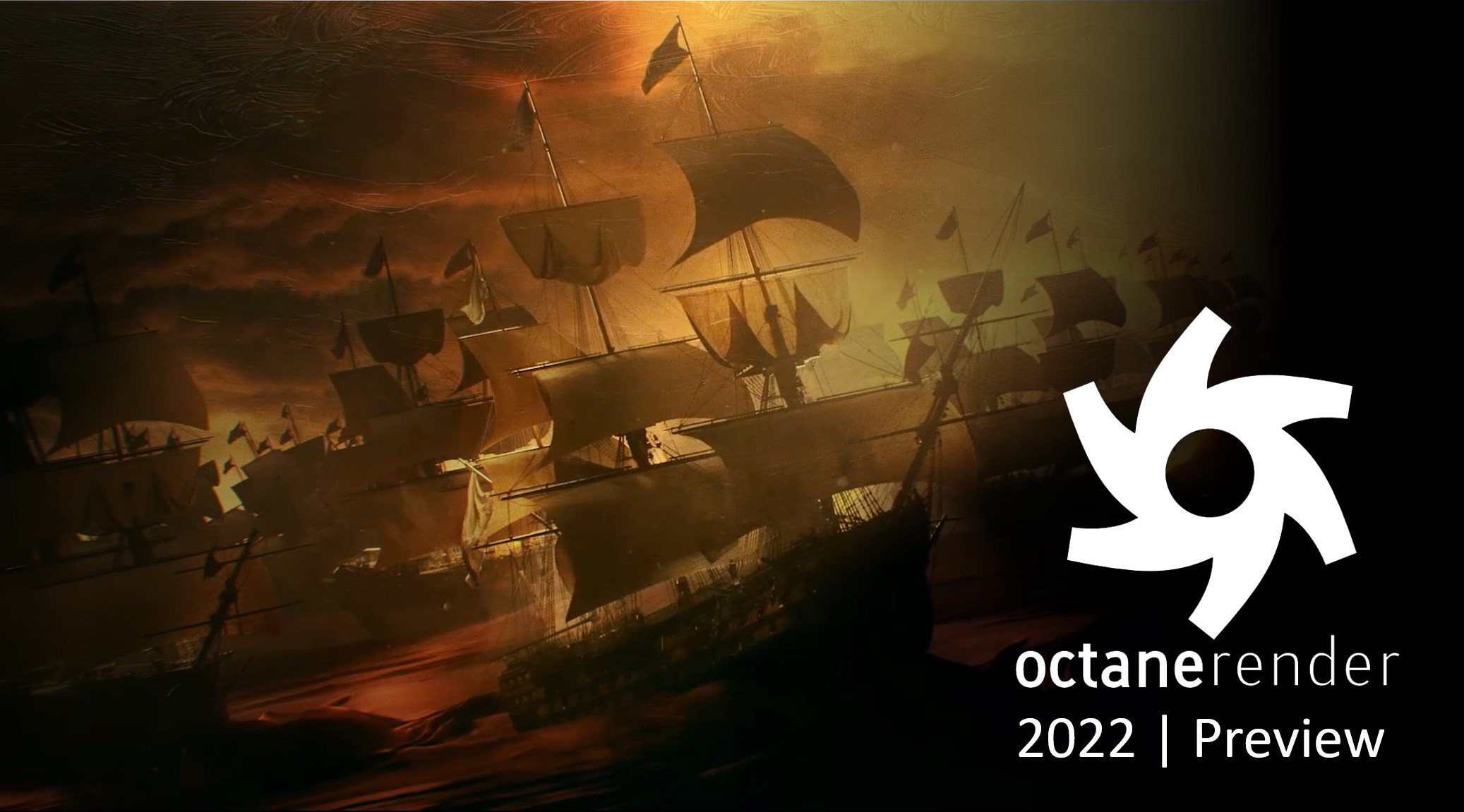
Vray GPU
V-Ray GPU generates outputs that are equivalent to those of other renderers while improving interaction performance by making use of all of your GPUs and/or CPUs. Now, V-Ray Next GPU may accelerate production rendering by utilizing the specialized ray-tracing hardware found in NVIDIA's RTX class of GPUs. V-Ray GPU supports any CUDA-capable GPU including most NVIDIA GPUs from the past 7 years.
Main Feature
- GPU + CPU rendering - On both CPUs and NVIDIA GPUs, V-Ray GPU renders produce identical results. The addition of CPUs contributes to a 13 and 25 percent reduction in render times. An increase in speed is good instead of leaving these potent CPUs idle.
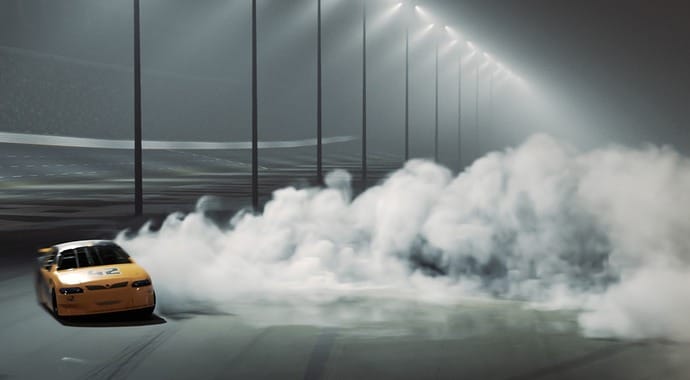
To wrap up
You're entering the future by using a GPU engine. The speed improvements you gain from using a GPU are difficult to deny, even if there are still many good reasons to utilize a CPU rendering engine.
In comparison to practically any other component of a computer, a GPU is also considerably simpler to upgrade. You can open up the side of a PC and replace out your old card for a new one after using a GPU for a few years and as technology advances. If you want the newest, fastest CPU, you don't always have to create a brand-new system. You can now set aside that cash and spend it on necessities.

